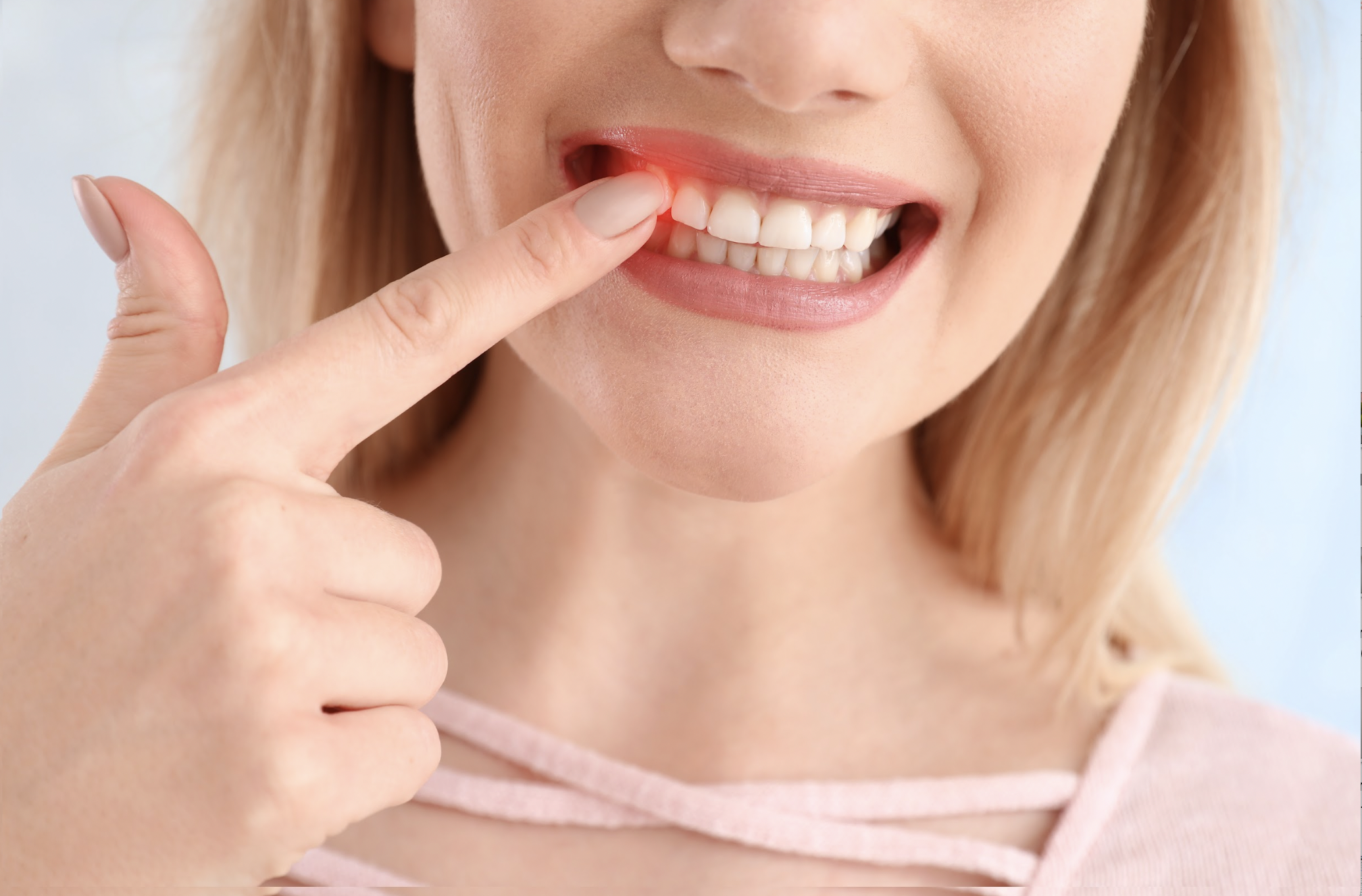How To Prevent Gum Disease: A Simple Daily Routine

Maintaining healthy gums isn't just about having a beautiful smile—it plays a significant role in your overall health. Gum disease, referred to as periodontal disease, impacts millions of individuals both in the United States and across the globe. It's one of the most common causes of tooth loss, yet it's highly preventable. The sooner gum disease is identified and treated, the easier it is to manage. With simple daily habits, you can significantly reduce your risk.
The importance of healthy gums goes beyond dental health. Periodontal disease can bring about chronic health issues, such as heart disease and diabetes, because oral health is deeply connected to the immune system and overall health. By practicing good oral hygiene, you not only protect your gums but also improve your body's ability to fight off disease.
The following simple daily routine will guide you through the essential steps of preventing gum disease and maintaining strong, healthy gums for years to come. Keep reading to learn more.
Step 1: Brush Properly and Regularly
Brushing your teeth the right way is a key step in caring for your oral health and preventing gum disease. Follow these tips to ensure you're brushing effectively:
- Use a Soft-Bristle Toothbrush: A soft-bristle toothbrush is gentle on your gum tissue and less likely to cause irritation or damage. Stiff bristles can wear down enamel and harm your gums, leading to gum recession.
- Choose Fluoride Toothpaste: Fluoride is excellent for your teeth because it boosts their strength and helps stop cavities by making them more challenging against the acids from plaque and bacteria. Plus, using fluoride toothpaste can also keep your gums safe from harmful bacteria.
- Find the Proper Position for Your Toothbrush: Your toothbrush must be placed against the gums at a 45-degree angle. This angle allows you to clean plaque and bacteria from the area where your teeth meet your gums, a familiar spot for plaque buildup.
- Use Gentle, Circular Motions: Gently move your toothbrush in a circular pattern to clean your teeth and gums. This method is more effective at removing plaque while protecting your gums from unnecessary force that usually comes with back-and-forth scrubbing.
- Brush for Two Full Minutes: Your brushing time should last at least two minutes, spending about 30 seconds on each of the four sides of the mouth (upper right, upper left, lower right, lower left). Brushing too quickly can leave behind food particles and build plaque that can lead to gum disease.
- Don't Forget the Back Teeth and Tongue: Plaque and bacteria can quickly accumulate on your back molars and your tongue. Make sure to give these areas extra attention to prevent plaque buildup, bad breath, and gum disease symptoms like bleeding gums.
- Rinse Your Toothbrush Thoroughly: After each use, clean your toothbrush under running water to gently but effectively remove any remaining toothpaste and bacteria. Then, let your toothbrush air-dry in an upright position to prevent bacterial growth.
By following these steps, you'll ensure a thorough clean that promotes healthy gums and helps prevent gum disease. Regular brushing with proper technique is the first line of defense against gum health issues. If you're unsure about the best brushing techniques, your dental hygienist can provide more information during your next appointment.
Step 2: Floss Daily
Flossing is vital for your daily routine since it gets rid of plaque and food bits that your toothbrush can't reach in between your teeth and under your gums. If you skip it, those spots can easily develop gum disease. Regular flossing prevents plaque buildup, which helps avoid gum inflammation and periodontal issues.
If traditional flossing is difficult or uncomfortable, consider using a water flosser or interdental brushes. These tools are beneficial for people with crooked teeth or dental work like braces, where cleaning can be more challenging. Regardless of the method, flossing daily helps prevent the formation of gum pockets, which can trap bacteria and lead to gum disease.
Step 3: Use Mouthwash
Using an antibacterial mouthwash daily gives you some extra defense against gum disease. It eliminates those pesky bacteria that might stick around even after you've brushed and flossed. It also reduces plaque buildup and leaves your mouth feeling fresh, reducing the risk of bad breath and gum disease symptoms like bleeding gums.
Look for a mouthwash formulated explicitly for gum health. This will target bacteria responsible for gum disease. Using mouthwash daily can be especially helpful if you're prone to gum health issues or are in the early stages of gum disease.
Step 4: Schedule Regular Dental Cleanings
Even the most diligent at-home care can't replace the need for regular professional dental cleanings. Visiting your dentist every six months for a thorough cleaning is essential for gum disease prevention. In addition to cleaning, your dentist will also check for bleeding gums or gum recession to help prevent gum disease.
If gum disease is present, you may be recommended treatments like root planing. This process involves cleaning and smoothening the roots of the teeth to make it hard for bacteria to reattach. Meanwhile, acute periodontal disease may require treatments such as pocket reduction surgery or soft tissue grafts to repair damaged gums and prevent further bone loss. Overall, regular cleanings not only help maintain good oral hygiene but also give your dentist the opportunity to catch and treat any gum health issues early.
Step 5: Watch for the Tell-tale Signs of Gum Disease
The earlier you detect gum disease, the better chances you have of preventing serious complications down the road. Often, the most evident symptoms of gum disease include red, swollen, or bleeding gums. This also usually comes with foul breath and a rancid taste in the mouth. If you notice any of these symptoms, it's crucial to seek professional treatment immediately. Pay attention to these warning signs to prevent the gum disease from worsening, where more invasive therapies like tissue regeneration or bone grafts might be needed.
Catching these symptoms early can prevent gum disease from advancing and save you from more extensive and costly treatments later. Stay vigilant, and don't hesitate to consult your dentist if you notice any changes in your gum health.
Prevention Tips to Keep Gums Healthy
As with any other health issue, preventing periodontal disease is less complex than treating it. Thus, building good oral hygiene habits into your daily routine is a wise investment towards this purpose. Here are some additional prevention tips to ensure your gums stay healthy and strong:
1. Avoid Smoking
Smoking compromises your immune system, which makes it more challenging for your body to fend off infections, especially in your gums. Quitting smoking or avoiding it altogether can significantly reduce your chances of developing periodontal disease.
2. Focus on Good Nutrition
A vitamin C and calcium-rich diet not only nourishes your body but also protects gum health. Healthy eating helps prevent inflammation and supports tissue regeneration, which is essential for maintaining strong, healthy gums.
3. Drink Enough Water Daily
The water that you drink not only hydrates your body but also helps remove food residue and bacteria from the mouth that can contribute to plaque buildup. Water also stimulates saliva production, which is your body's natural defense against tooth decay and gum disease.
4. Correct Crooked Teeth
Misaligned or crooked teeth can create hard-to-clean areas where plaque and bacteria can thrive, increasing your risk of gum disease. If you have teeth deformities, talk to your dentist or orthodontist about options to correct alignment, which can improve your ability to maintain good oral hygiene.
5. Use Interdental Brushes and Water Flossers
If traditional flossing isn't enough, especially for those with dental work or crowded teeth, interdental brushes, and water flossers can help clean between teeth and along the gum line more effectively. These tools are excellent for cleaning the teeth and gums in ways that regular brushing and flossing might miss.
6. Maintain Regular Dental Visits
Setting up regular visits to your dentist helps catch gum disease and other dental issues early on. They'll recognize the first signs of gum trouble and suggest cleanings or treatments to maintain your gum health.
7. Address Poor Oral Hygiene Habits
If you need to be more consistent with brushing and flossing, now is the time to make those hygiene practices a priority. Inconsistent oral care is the most significant contributor to gum disease, and even minor improvements in your routine can make a big difference in disease prevention.
By incorporating these prevention tips into your daily routine, you'll reduce your risk of gum disease and enjoy healthier gums.
The Importance of Professional Treatment
While prevention is critical, if gum disease has already developed, professional treatment is essential to avoid long-term damage. Treatments like root planing, pocket reduction surgery, or soft tissue grafts can reverse some effects of gum disease and restore your oral health. Regular professional cleanings help manage the condition and prevent it from progressing.
Gum disease can have severe consequences if ignored. Keeping up with this easy daily routine and being mindful of your oral health can really help you take care of your gums, teeth, and overall wellness. Investing time in your oral hygiene now will pay off with healthy gums and a bright smile for years to come.
Conclusion
Keeping up with daily oral hygiene, booking regular dental cleanings, and being on the lookout for signs of gum disease are key steps to avoid gum issues. With these simple hygiene practices, you'll be well on your way to maintaining healthy gums and avoiding severe dental health issues like tooth loss, gum disease, or bone loss. If you ever find yourself needing expert help or advice, your dentist is the go-to person for managing and preventing dental issues.






